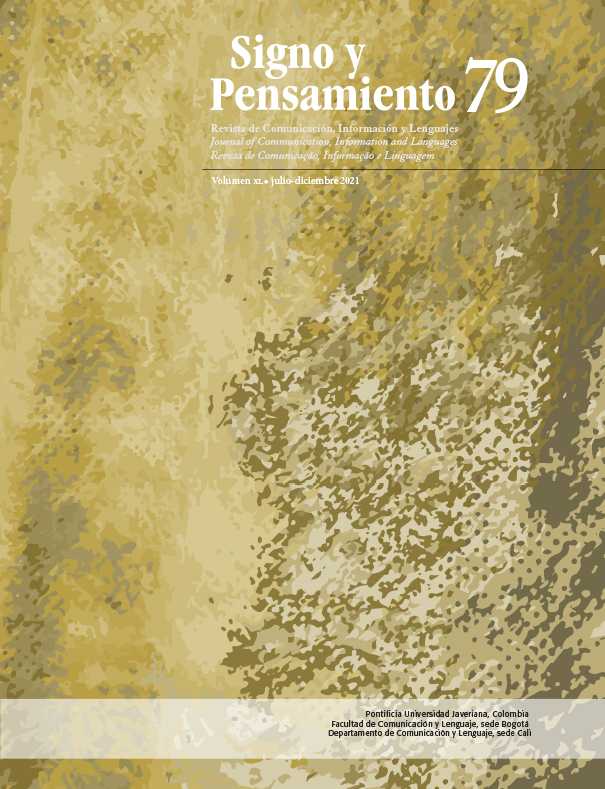Abstract
The articulating core herein is the relationship representation-body-self-image from a biopolitical perspective. It elaborates on the foundations of authors such as Foucault and Butler on identity as a symbolic and performatively shaped construction, but crosses them with an intersectional and decolonial approach. In other words, it contextualizes the queer perspective in Latin America, and recognizes the term trans as something foreign, which in Colombia and Venezuela is also crossed by hegemonic relations of race, ethnicity and social class.
García León, J. E. (2021). Espectáculo, normalización y representaciones otras. Las personas transgénero en la prensa y el cine de Colombia y Venezuela. Peter Lang. https://doi.org/10.3726/b17602
Jagose, A. (1996). Queer Theory. Melbourne University Press.
Monroy, A. C. (Directora). (2007). Este pueblo necesita un muerto [Cinta cinematográfica]. Secretaría de Cultura, Recreación y Deportes de Bogotá.
Preciado, B. (2005). Multitudes queer: notas de una política para “los anormales”. [Texto tomado de Multitudes. Revue politique, artistique, philosophique, 12, 157-166, 2003]. Docer Argentina. https://docer.com.ar/doc/snsxsx0
Rondón, M. (Directora). (2013). Pelo malo [Cinta cinematográfica]. Sudaca Films.

This work is licensed under a Creative Commons Attribution 4.0 International License.
Copyright (c) 2022 Néstor David Polo


